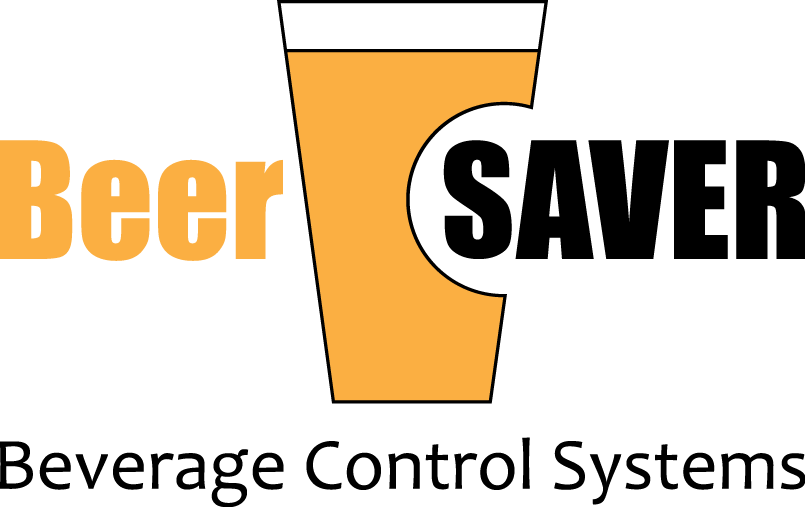Wine on Tap
Tapping the Vintners Art 
Direct to consumer: Cellar to keg to glass.
Direct to consumer: Cellar to keg to glass.
Imagine a world where every glass of wine is fresh and tastes the way the winemaker intended. Also imagine a world where both the retailer and the consumer benefit. Wine in keg makes that world a reality. There is no chance serving oxidized wine and pouring out unrealized sales and potential profits from opened bottles. Serving wine on tap benefits everyone from producers to restaurants to consumers.
"Wine Industry Insight" article reprint: Sankey Brings Back Wine On Tap
Best Practices for Dispensing Wine On Tap
KEY ELEMENTS
1. Temperature: storage & serving
2. Equipment
3. Gas Pressure & Gas Type
4. System Hygiene
STORAGE TEMPERATURE: 55°F
• Consider where bottles are stored as a good start.
• The keg is less susceptible to variations in temperature.
• Range: minimum temperature of 40°F with a maximum temperature of 75°F
• Keg package because of the liquid volume can withstand temperature fluctuations
• Red or White – same storage temperature
SERVING TEMPERATURE
At the dispense location it is more allowable for whites to be warmer than reds to colder
• WHITES: 40-45°F
• REDS: 55-65°F
GAS TYPE/SOURCE
• General preference is nitrogen (N2) over argon.
• Blended gas combination of 75% Nitrogen/25% CO2 (the most agreeable blend for a variety of situations) readily available because Guinness is in many establishments and Guinness uses this gas blend.
GAS PRESSURE
• Direct draw (short runs) a pressure setting of 4-7 PSI
• 0-15 PSI gauge offers the best solution for accuracy
WINE DISPENSE EQUIPMENT
• HARDWARE
Only 304 Stainless Steel or better grade, lesser stainless steel grades contain too much sulfur, tainting the wine. Modern wine making and stainless steel go hand in hand: today stainless is practically the exclusive tank and piping material from fermentation to the storage of wine. The corrosion resistance stainless steel grades used are 304 or higher.
• TUBING
Barriermaster Flavourlock prevents oxygen permeation, flavor transfer, and off-taste.
HYGIENE
Line and dispensing equipment chemicals utilize either a caustic or an acid base. It is important to alternate using the two chemicals. The lines and hardware are to be cleaned every 3 months, or when the product is changed/replaced. Length of cleaning time can vary depending on if the wine is sterile filtered, cold & heat stable
Wine On Tap: Consistency in every glass.










